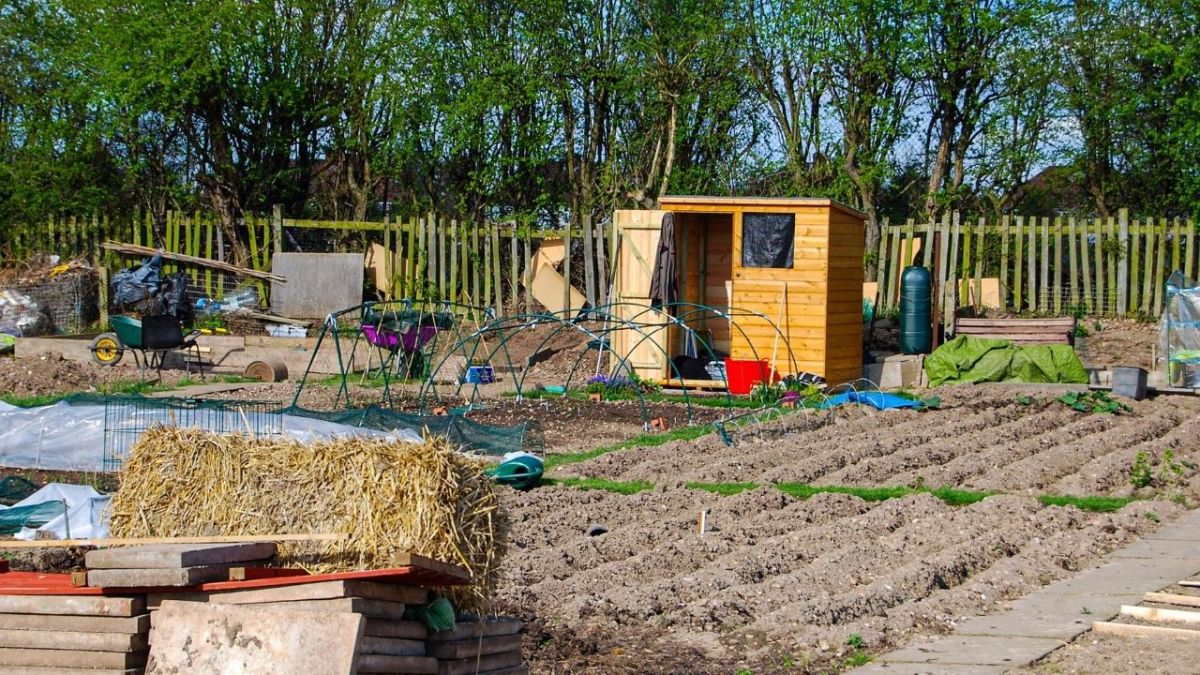
The complete guide to self-sufficiency in your own garden - successfully grow your own plants and vegetables
👉 The key facts from this guide
- Self-sufficiency is an important skill that enables you to be independent of external sources. It can be particularly advantageous in times of crisis.
- Planning is the first step towards self-sufficiency in the garden. Consider how many people you want to produce for and how much space you have available.
- The choice of plants and their arrangement in the garden is crucial. Not all plants get along well with each other, so it is essential to create the right mixed cultures.
- Caring for the soil and natural pest control are important aspects of gardening. You can use organic fertilizers and use certain plants for pest control.
- Harvesting and preserving the products is the final step. You can preserve your products by canning, fermenting, pickling, and drying.
- Self-sufficiency in the garden is not only a way to be independent, but also a way to lead a more sustainable lifestyle.
Are you concerned about rising food prices?
No worries, with your garden you don't have to worry about rising prices anymore.
Self-sufficiency in your garden is a great way to have enough food at home, even in times of shortages or crises.
You don't have to be a farmer or live near farmland to enjoy the peace that comes with having plenty of food at home.
Don't become a victim of food prices and food scarcity. Start growing your food today with the self-sufficient garden that suits you.
What is self-sufficiency, and why is it so important?
Self-sufficiency is the ability to take care of oneself. It can refer to the ability to provide for oneself in terms of income, food, and shelter without relying on others.
Self-sufficiency means being able to take care of oneself and one's family. It can be a blessing in difficult times when money is tight or a disaster has occurred and people are left without electricity or water.
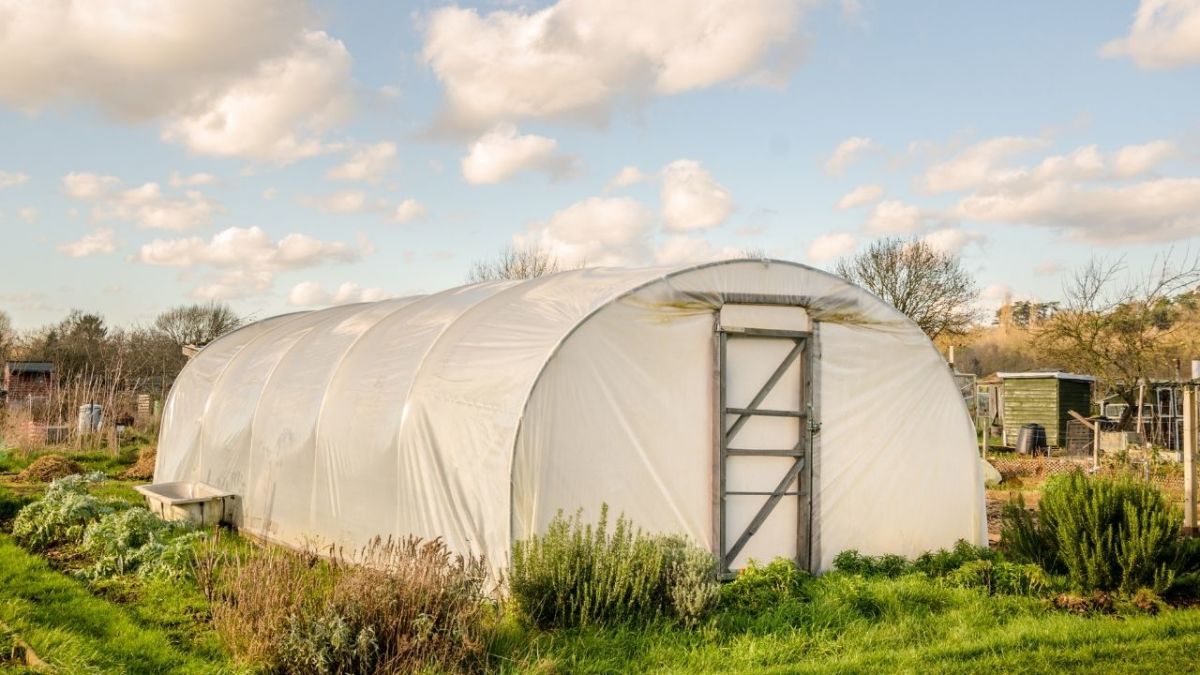
Autarky can also be a good way of life for those who live without a power grid or want to lead an environmentally friendly lifestyle.
Self-sufficient gardeners have a variety of goals in mind when growing their food. One goal may be to save money and buy fewer products in grocery stores.
Another goal may be to become more self-sufficient, reconnect with nature, reduce your CO₂ footprint, or simply have the peace of mind that you can take care of yourself if needed.
With self-sufficiency comes responsibility, which some people find rewarding and others find discouraging. To keep a garden productive and healthy, you should regularly monitor factors such as rainfall amounts, weed infestation, and insect activity.
For me, the self-sufficient garden with vegetable cultivation is one of the top priorities when it comes to emergency preparedness. Read here: The first 13 things a new prepper should learn.
When a crisis looms, everything is turned upside down
Fears about our livelihood and the provision for our families creep into our lives and paralyze us.
Fear consumes energy because energy always follows attention. Now is the time to get out of fear and into action.
The supermarkets, mainly the once affordable discounters, have increased prices to such an extent that the weekend shopping now costs almost half as much again as it did two weeks ago.
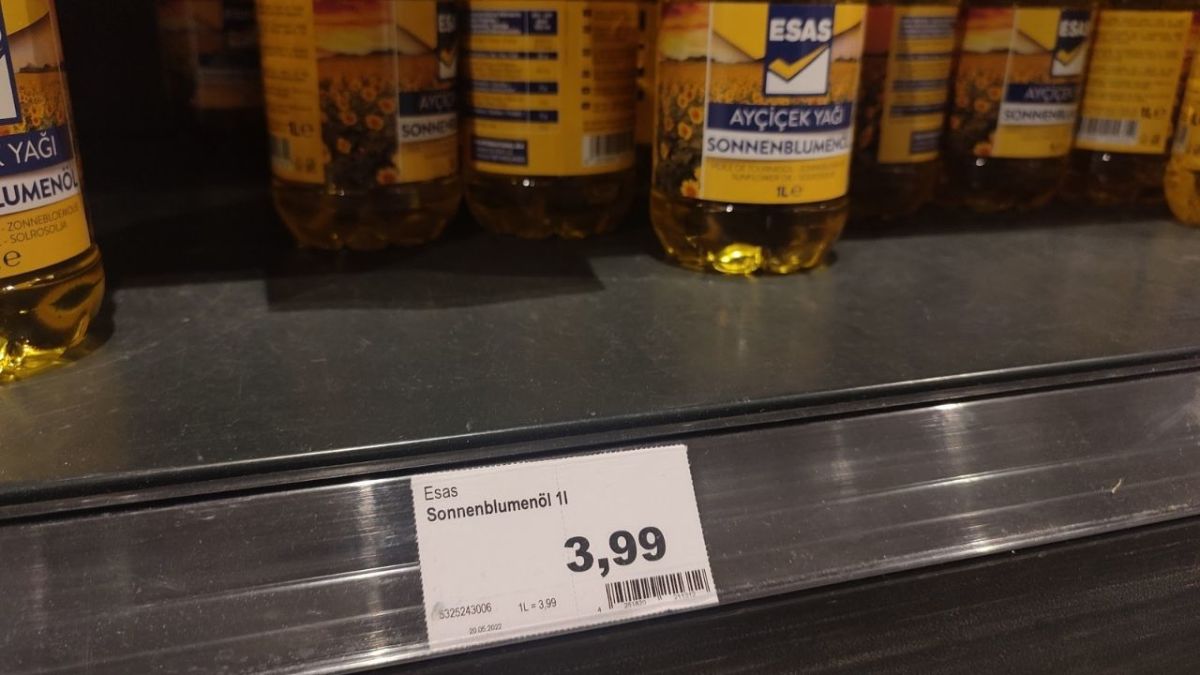
Especially with fruits and vegetables, bread, and dry food, as well as oil, the market value is continuously increasing.
If salaries were adjusted to the increase in prices, one could still try to make it sound more or less good, but unfortunately, they remain at the same level while the cost of living around us keeps getting higher.
The times are uncertain, like never before, and that's why we should now focus on what really matters.
What happens next? What can each person do personally to ensure that they and their family are provided for without relying on supermarkets?
The answer to that is: self-sufficiency.
Regardless of whether it's a courtyard, a balcony, or an allotment garden, each of us can do something to mitigate impending crises, at least when it comes to supplies.
Using an allotment garden, with a regular size of about 400 square meters, I will show you a path on which you can build if you want to take the step towards self-sufficiency.
At the beginning, there is the plan
The key to a self-sufficient garden is a detailed plan. You are welcome to keep a notebook where you can jot down your thoughts and some important questions. You should also have a sketchbook and a pencil nearby, as you will need those as well.
I will now ask you some questions that are essential for your garden.
How many people are you planning to provide for?
This will depend on how you lay out your beds and what you grow, in what quantities.
The rule of thumb is: only grow what you will actually use.
Anything else would be wasted space in the garden and later during storage. It is not sensible to grow everything that comes your way without any thought.
How much space do you have available?
Under this question, you should clarify how you will divide your beds and whether alternatives such as raised beds are suitable for you. A precise and meaningful division is essential when space is limited.
Furthermore, there are some plants for which planting in a raised bed or container is more sensible in terms of yield alone. I will go into more detail on this later in the text.
What is the condition of your soil?
There are different locations, so it is logical that the soil condition also varies.
In some areas, the soil is more clayey, nutrient-poor, or sandy than in other regions, and therefore offers a different condition. You should consider this if you want to grow crops successfully.
Especially with soils that have a high clay content, it is important to know about the absorption and transport of water and nutrients. If necessary, you can refer to the tips I will give you later.
Also read: Determining the type of soil as a self-sufficient person - soil sample, advantages, and disadvantages of sandy and clay soils - The type of soil is an important factor for plant growth. In this guide, you will learn how to determine the type of soil as a self-sufficient person.
Which vegetables do you intend to grow together?
Not all types of vegetables work well together in one bed. Generally, there is a distinction between heavy feeders and light feeders.
This means that certain types will compete for nutrients. In this case, the light feeders will always lose out, which will affect your harvest and the vitamin content of your crops if you plant them with heavy feeders.
However, if you follow a few rules, you can easily avoid this problem.
Once you have answered these questions for yourself, we can get down to business. Because without muscle power, even the best planning won't bring you any profit.
Creating the beds
Before you start, think about how long and how wide you want to make your beds. It's best to make a drawing for this. So, pencil and sketchbook still have their use after all.
If you can't draw well, that's not a big deal either because all you need is a few measured rectangles and circles, and pretty much anyone can do that.
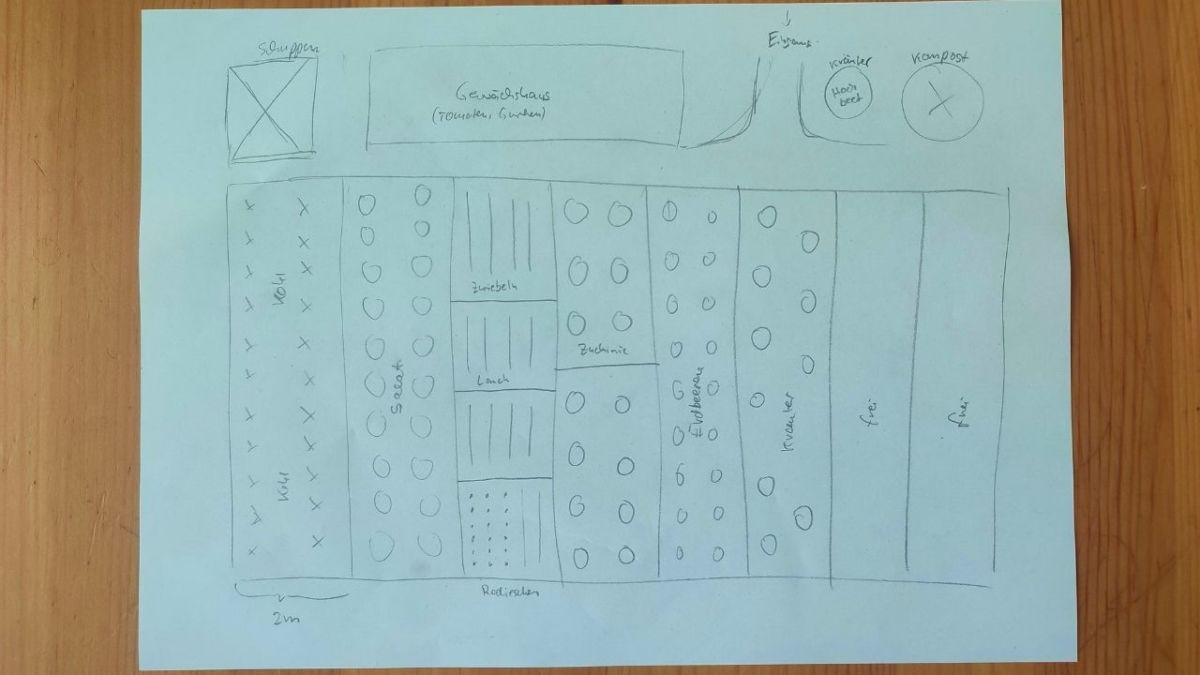
This drawn plan is important for your orientation and a perfect template to optimize the space.
Here you can orient yourself to the different types of vegetables. Potatoes, beets, and cabbage require space. Here I recommend long, wide rows.
Of course, this also depends on your consumption and storage capacities. My tips are just guidelines.
Vegetables that regrow and therefore require less space are undemanding and are satisfied with small beds. These include varieties such as chard, spinach, leaf lettuce, and some types of cabbage, like kale.
Once you're done with that, you can finally grab the shovel. Unless you have a lawn that's practically exploding.
How to transform your lawn area into a flower bed
In this case, you should first take care of mowing it. Otherwise, it will only unnecessarily complicate the digging.
Many gardeners have the rule of thumb that digging 2 spades deep is enough to let everything rot that is being dug under. This is cumbersome and there is no guarantee that the lawn and other plants will not come back.
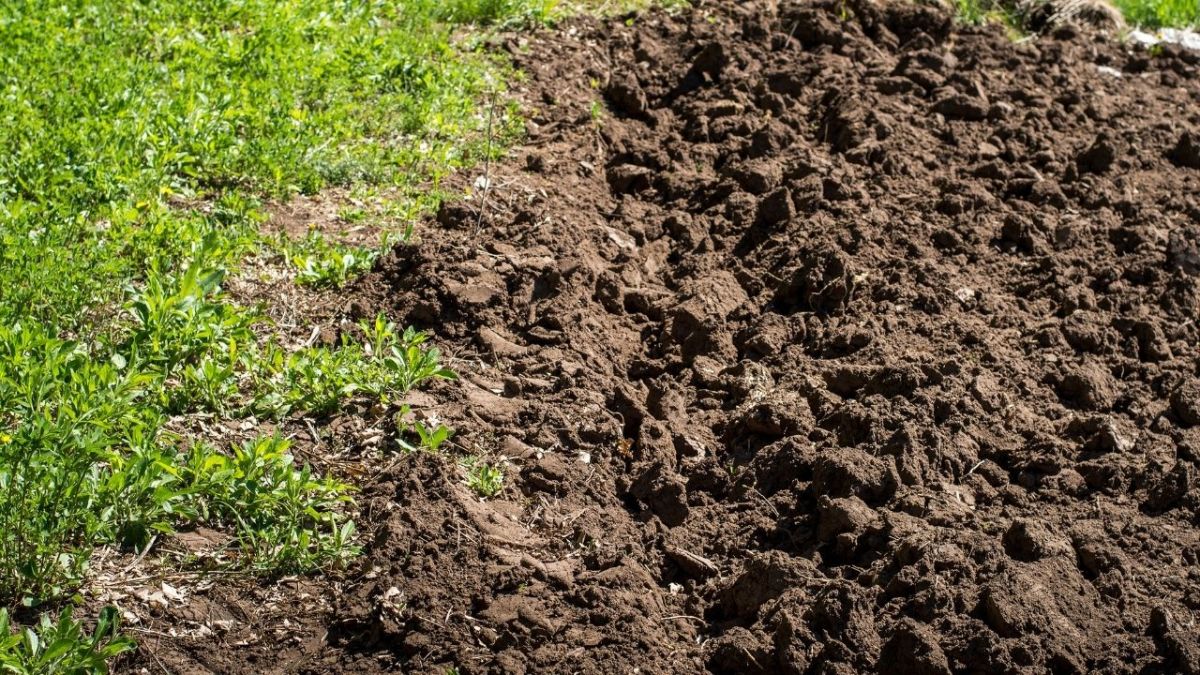
If, on the other hand, you work with tiles (small squares), you save a lot of strength and energy. To achieve this, divide your cultivation area into small squares with the spade. Simply insert them into the ground, the width of the spade blade.
Go ahead and do it on the entire size of the bed. Then, take off the top 5–10 centimeters of each square with the spade. It is also advisable to park the wheelbarrow right next to it. This way, you can load the cut tiles onto it.
If you have cleared your bed, simple digging is sufficient, and it will be much easier to handle.
Then you loosen the turned over soil with a hoe and remove any remaining root remnants with a rake.
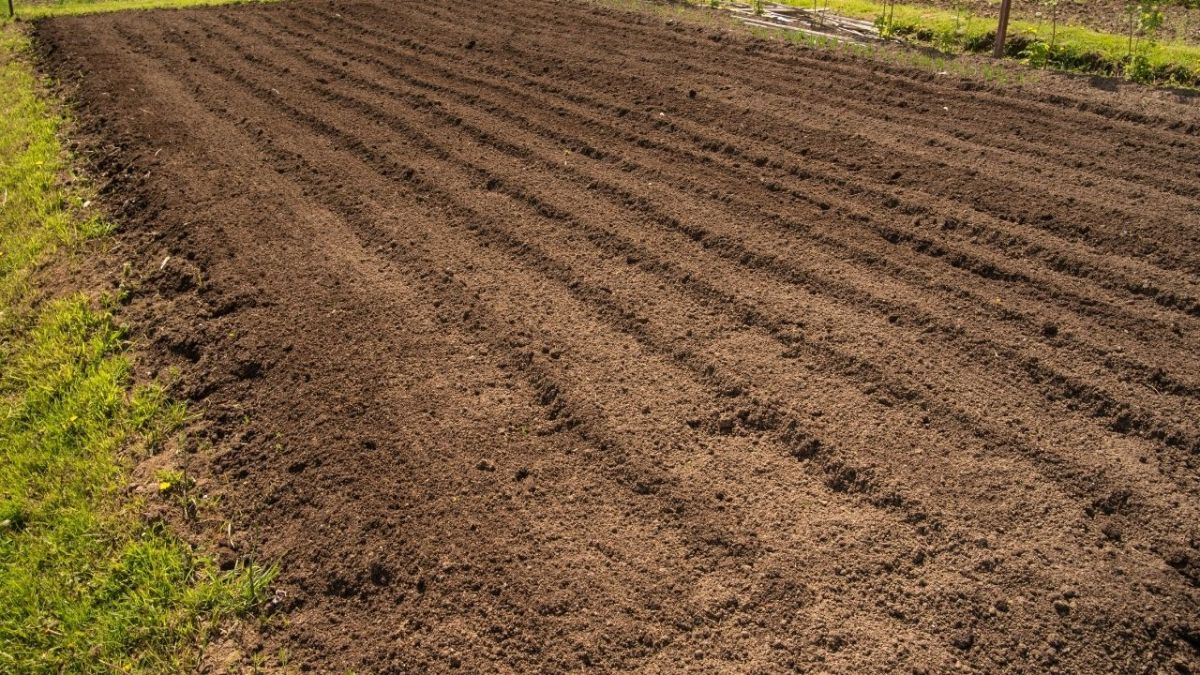
Your bed is now ready for possible mineralization and for planting the seeds into the soil.
P. S. What garden tools do you actually need? Read my guide to my essential garden tools here.
The cultivation
Now it depends on how much time you want to invest. Seeds have a germination period, which usually takes a timeframe of about 7 days to three weeks.
If you buy ready-made seedlings from your trusted gardener, you skip this waiting period.
At weekly markets, many small vendors sell their homegrown plants, and you can be sure that the vegetables are not genetically treated or hybrid.
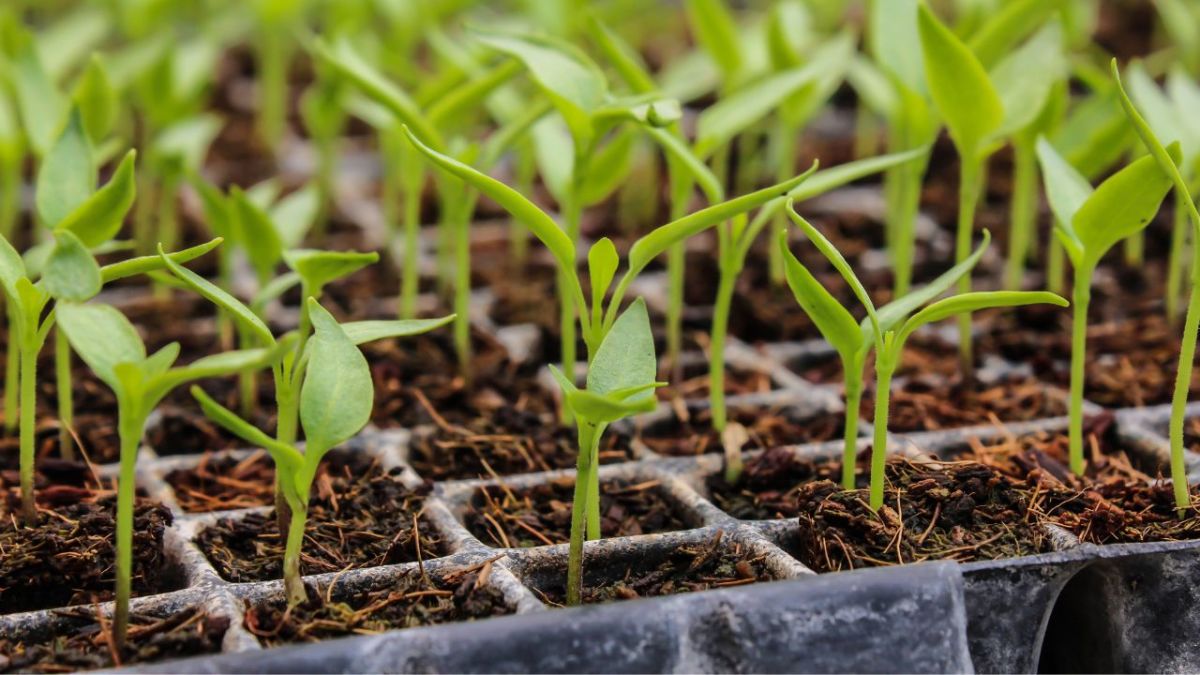
Hybrid plants must always be labeled. Besides, you want to save your seeds for the coming year.
Seeds from wholesale companies are genetically modified in such a way that you will not obtain viable seeds from the plants. In addition, the vegetable varieties are optimized for quantity and appearance.
That means you get many pretty carrots, but the nutrient content is almost completely gone.
This is counterproductive in a self-sufficient garden. After all, we want to benefit from what we grow for as long and as much as possible.
If you buy ready-made plants, you save yourself two steps. The sowing and the thinning of the rows. The latter is necessary to obtain strong, productive plants.
With ready-made plants, this problem does not exist because you can immediately plant them in rows and give them the necessary spacing they need to thrive.
If you want to grow your plants, please make sure to buy your seed packets from private small businesses (I buy my organic seeds here, for example: bingenheimersaatgut.de).
Because I want reproducible, open-pollinated varieties. No hybrid varieties, patents, genetic, or biotechnology.
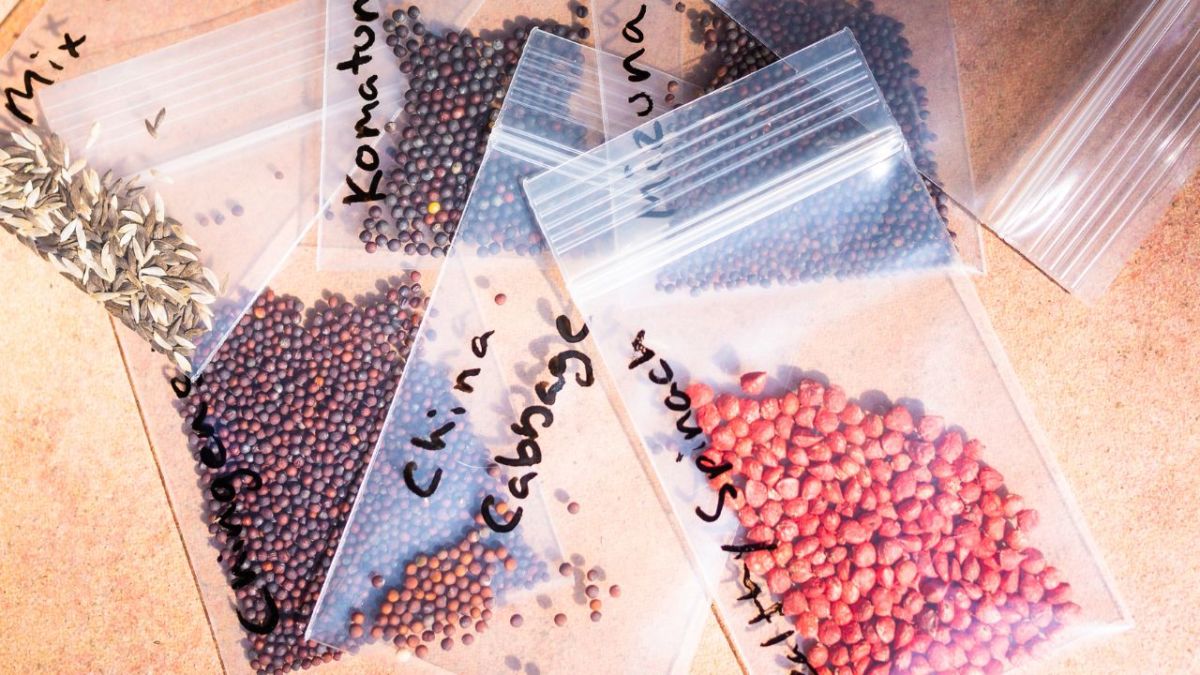
Unfortunately, these are becoming increasingly rare, but if you search the internet, you can still find them occasionally. At least that guarantees you a certain level of quality.
Of course, they are usually a bit pricier than those from the corporations, but first, the retailers also need to make a living, and secondly, in this case, you are not investing your money in genetically modified garbage.
Good Neighbors, Bad Neighbors
Let's talk about the neighborhood. While some plants harmonize wonderfully with each other and even help each other, others do not get along at all and compete with each other.
Among those who get along are onions and carrots. The essential oils of the onion are an unbearable condition for plant pests. So if you always plant a carrot and then an onion alternately, your carrots are safe from insectoid predators.
The only animals that remain completely unaffected by onions are moles. You will also find out later in the text how to get rid of them.
Since you surely don't just want to grow carrots, you should remember the following as a guideline. If you aim for a productive harvest, you should cultivate meaningful mixed cultures.
Mixed cultures always consist of plants that optimally share the nutrient content of the soil.
Using the following list, you can get an idea of what goes together and what doesn't work. It also depends on the nitrogen content of the soil.
The weaklings include
| Vegetables | Planting Season |
| Chinese cabbage | June to July |
| Chicory | May to July |
| Peas | March to April |
| Strawberries | April to June |
| Fennel | March to April |
| Carrots | March |
| Chard | February to July |
| Parsnips | February to April |
| Radishes | Spring to August |
| Radish | April to August |
| Beetroot | April to June |
| Salsify | February to March |
| Runner beans | May to June |
With these plants, it is sufficient to adjust the fertilizer doses to prevent soil fatigue. Mixed with some highly demanding plants, you will achieve the most success.
Among the heavy feeders are
| Vegetable | Planting Time |
| Eggplant | January to March |
| Cauliflower | depending on the variety |
| Broccoli | February to April |
| Kale | May |
| Cucumbers | April to July |
| Leeks | April |
| Bell Peppers | February to May |
| Tomato | February to May |
| Brussels Sprouts | April to May |
| Red Cabbage | March to May |
| Celery | March |
| Asparagus | April to May |
| Corn | April to May |
| Sweet Potatoes | January to May |
Furthermore, white cabbage, rhubarb, and savoy cabbage are vegetables with a high nitrogen requirement.
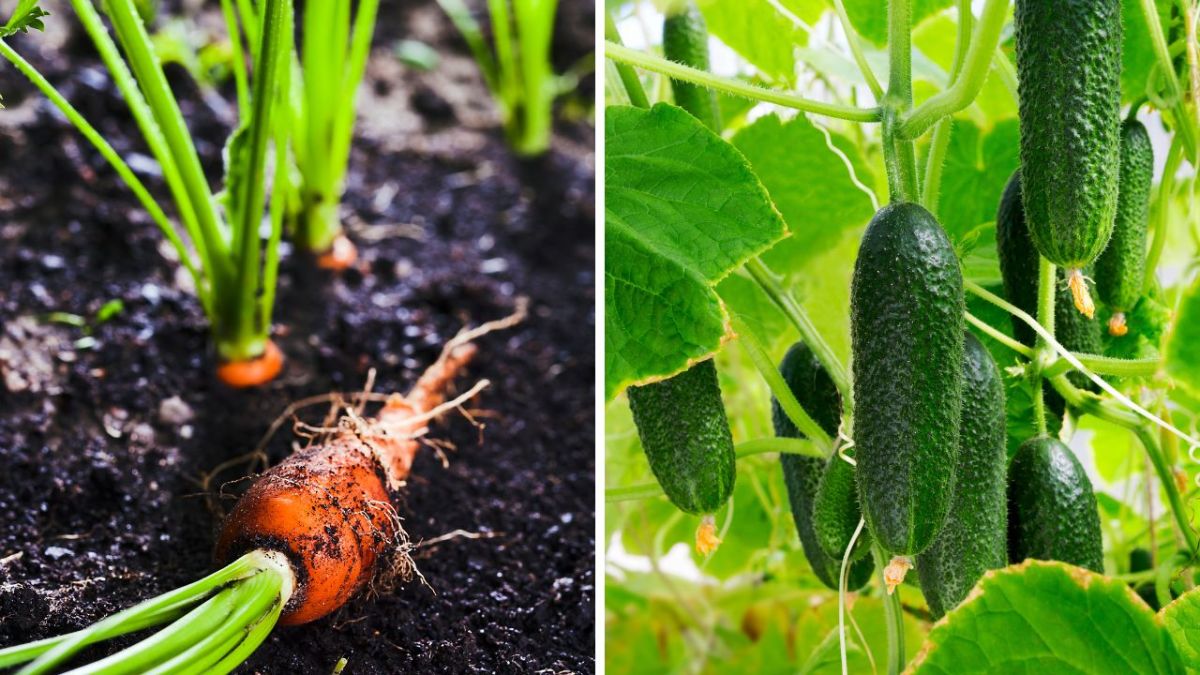
For potatoes, single cultivation is always recommended anyway. The cultivation of pumpkins also lends itself to a separate space. The plants thrive particularly well on a compost heap.
They also enhance the appearance of the compost and spread nicely, thanks to the nitrogen content of the humus-rich soil.
Then there are the midfielders. A mix of both types, the middle eaters. They include: salads and onions.
Optimal for your successful cultivation is always a mixture of complementary plants.
Read also: 16 quickly growing vegetables to cultivate in a crisis (emergency food from the garden)
Floor care and natural pest control
Just as we need food every day, plants also need to be fed. By adding certain additives, your soil will transform into a paradise for young plant sprouts.
It always sounds much more complicated than it actually is. If you want to prepare the soil well, add nitrogen and lime to it.
Nitrogen is an immensely important substance for plants. If the older leaves turn yellow, it may be due to a lack of nitrogen.
What is nitrogen? The Federal Environment Agency writes:
"In the natural nitrogen cycle, reactive nitrogen occurs primarily through the decomposition of dead biomass in the soil. Plants can utilize this nitrogen by absorbing it in the form of nitrate or ammonium through their roots."
You can add nitrogen by using organic fertilizers such as compost humus or slow-release fertilizers like horn meal or legume meal (more here).
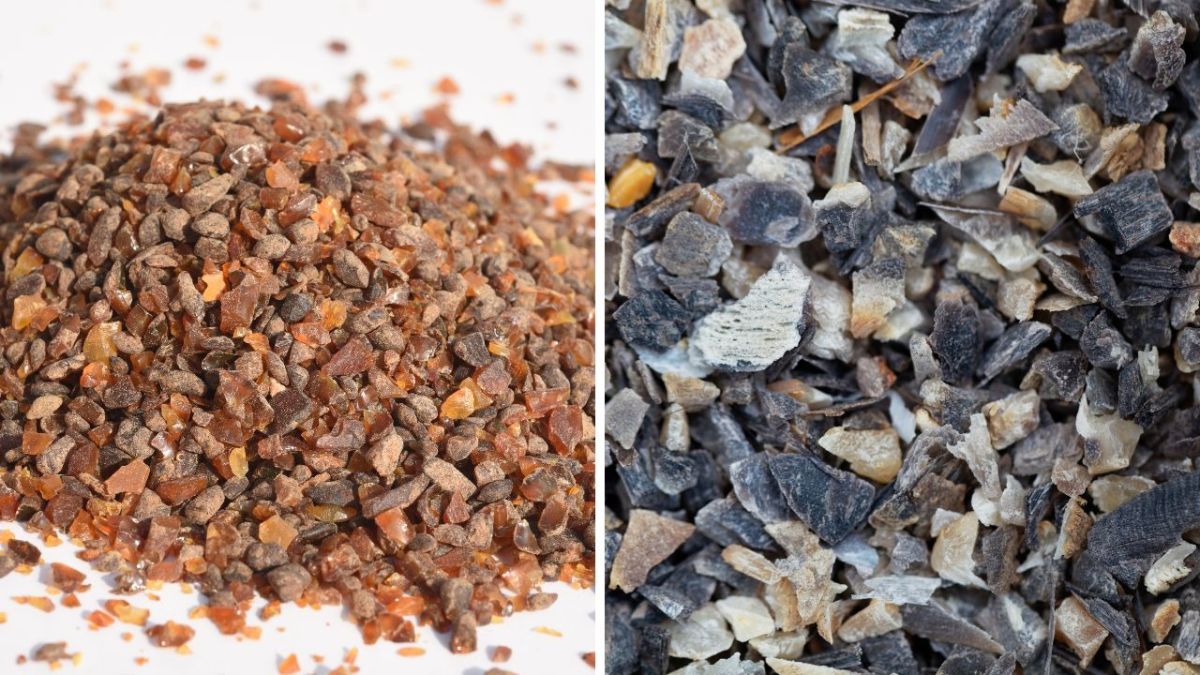
Instead of dilly-dallying and trying out all sorts of things, make sure that the soil is loose and receptive to water and nutrients. By doing so, you're doing yourself a favor and saving both money and nerves.
Eggshells as well as fertilizing with nettle juice or ground elder juice will save you from lugging around bags of horn shavings or chemical fertilizers.
As I mentioned earlier in the text, different plants keep pests away from each other.
Here are my tips:
- Onions and garlic, as well as lavender, are good for repelling beetles and lice.
- Scattering coffee grounds around strawberries makes snails flee.
- Even from the air, there is a threat to your harvest. But birds sometimes fall for the most absurd tricks. For strawberries, simply take small stones and paint them to look like strawberries. Place them in the strawberry bed preferably before the fruit ripens. Once the birds realize that the supposedly sweet fruits are rock hard, they won't show up anymore.
- Cherries and plums can be protected by fluttering ribbons in the tree, and voles have natural predators that will keep them away from your vegetables.
- Spreading the hair of cats or dogs in the mouse holes or around the beds creates a smell that effectively scares away the little rodents.
You see, there are many ecological methods for which you don't have to use chemical fertilizers, insecticides, or mousetraps.
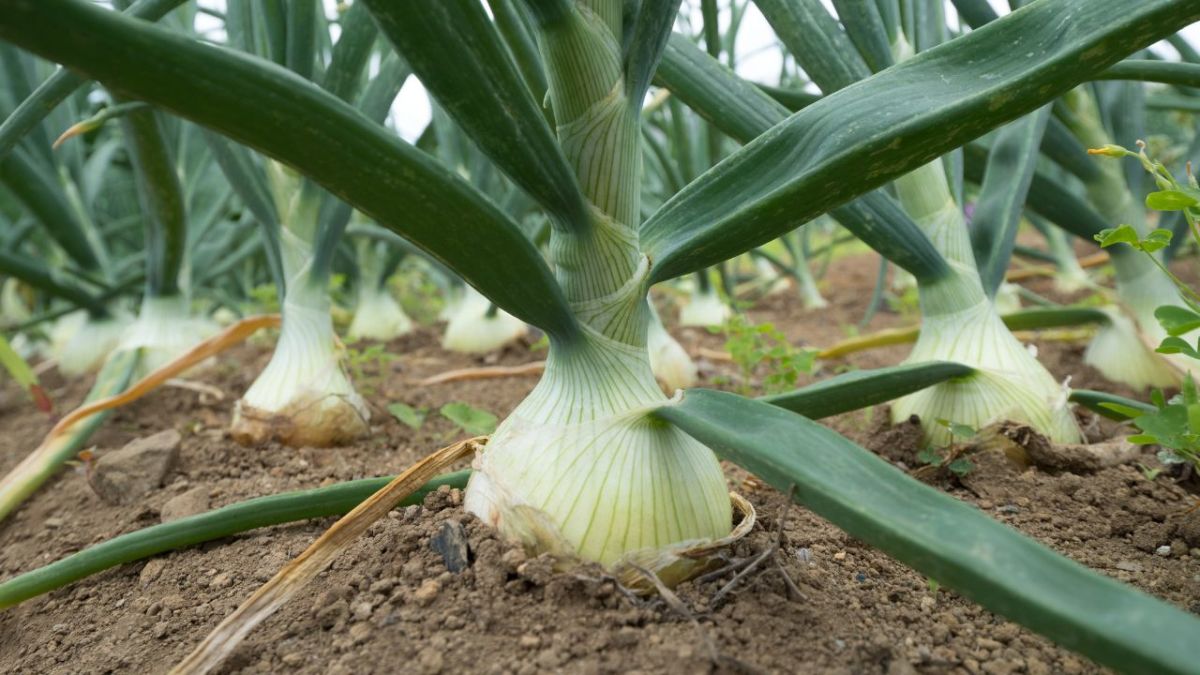
Harvesting and Preservation
With some types of vegetables, it's worth being quick. With beans and peas, the rule is: the faster and younger you harvest them, the faster they will produce new flowers. This way, you'll have a longer harvest and a more productive yield.
Spinach and chard, will regrow if you regularly cut them before they bloom. The stems of chard can be cooked and used like asparagus, and the leaves make a good salad when young and can be used to wrap rice or meat, or frozen like spinach.
The preservation itself is quite simple. Canning, fermenting, pickling, and drying should therefore be terms that you should familiarize yourself with during the time your vegetables are growing.
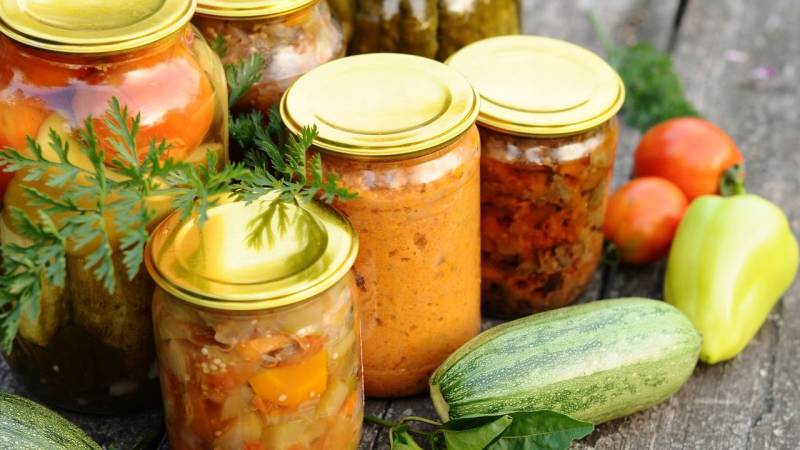
Fermenting, you can do almost anything with fruit and vegetables
You don't need expensive equipment or complicated techniques for this, just any kind of vegetables, a bowl, salt, cutting board and knife, and of course jars with screw caps.
Here is the instruction:
- You first cut your vegetables into small pieces.
- Then you salt it generously in a bowl. You don't have to be delicate, you can press it a little.
- Then let it sit for an hour. During this time, enough liquid will form, which should also cover the vegetables when you fill them into a jar (e.g., these canning jars).
- Depending on the vegetables, you can add garlic or onions and a few spices.
- Then fill the jar with water up to 3 centimeters below the rim and close it. This space is necessary because the lactic acid bacteria produced during the fermentation process will expand the air and otherwise push up the lid.
- Now you just need to place it in a dark place and let it rest for about two weeks.
Afterward, you should check the jar and shake it gently. If it is sealed and your hands stay dry, you can store it with your preserved food in the cellar or attic.
It is important to label your jars with the date and contents. This way, you always have an overview of what has been stored the longest and should be consumed first.
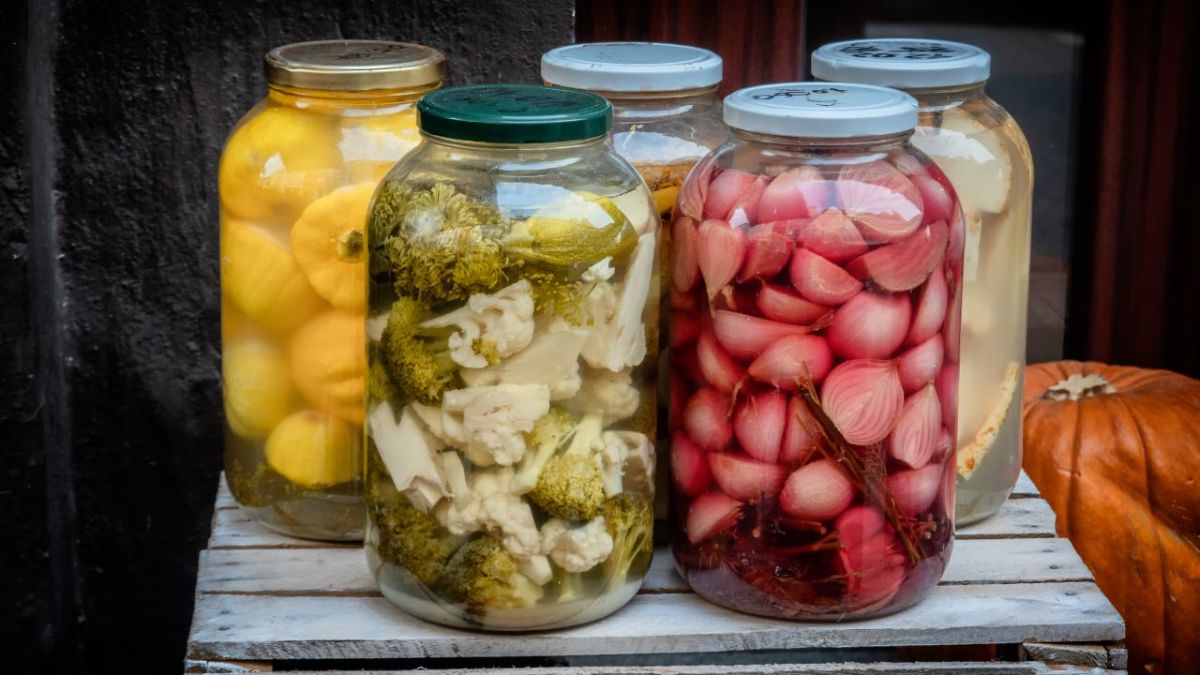
With very few exceptions, you can preserve everything
When canning, it is similar. It doesn't matter whether you process it beforehand or want to can it in its raw state.
If you don't have a canning pot (I recommend this one), it also works perfectly fine in a water bath, in an oven, or in a large covered cooking pot. You can even make and preserve entire meals, sauces, or broth this way, not to mention jellies and jams.
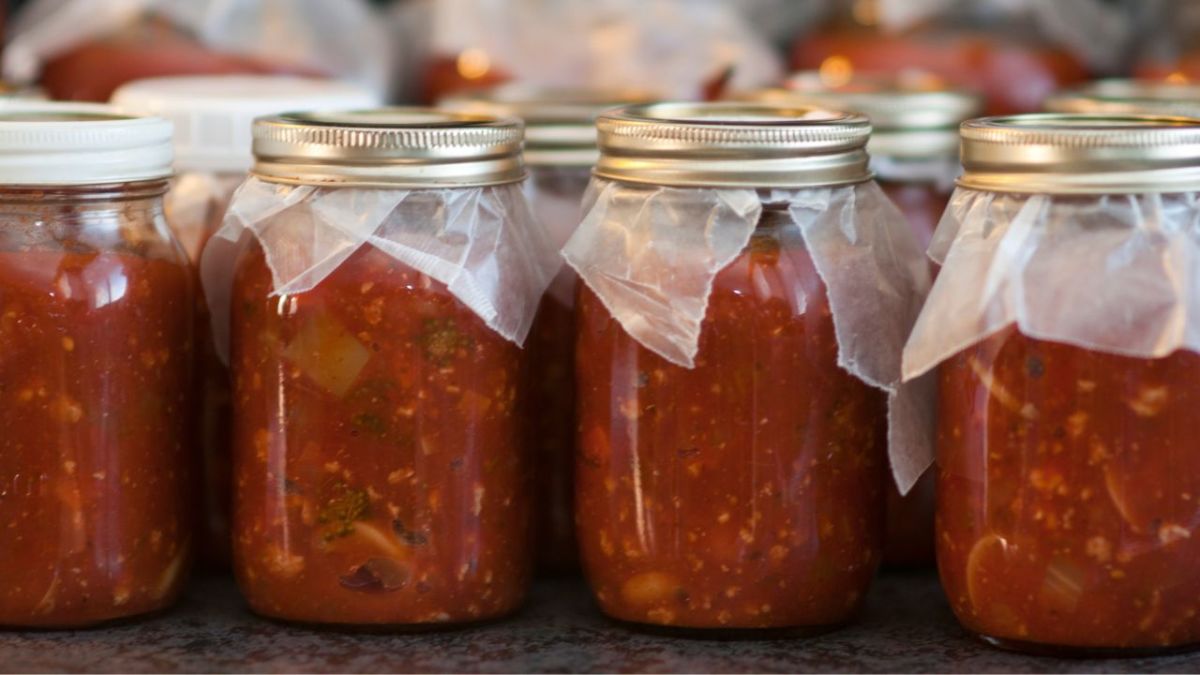
It is important that you need more time in the raw state and that the jars must always be tightly closed.
When storing, make sure that your jars are always upright and preferably in a dark place.
Moreover, here it is important to write the date on it so that you know when you canned it. Most of it is indeed durable for years, but since you can never have enough durable supplies, it makes sense.
Perennial Plants and Medicinal Herbs
Of course, it's not an option for everyone, but perennial plants are the best thing that can happen to you as a gardener in a self-sufficient garden, especially when it comes to fruit.
Raspberries, blackberries, gooseberries, and currants are not only rich in vitamin C, but they also require very little maintenance once they have borne fruit for the first time.
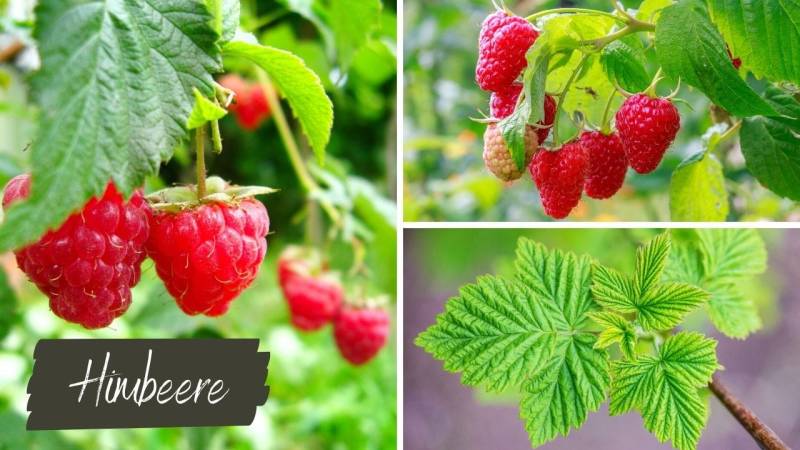
They offer a plentiful harvest, and you can use them for desserts, sauces, juices, and even for wine or liqueur.
Generally, your choice for cultivation should be plants that can be used in multiple regions. They should ensure your supply for months, so it depends entirely on what you cultivate to ensure that.
Fruit trees like cherry, apple, or plum should therefore not be missing in any self-sufficient garden.
Read also
Creating a Forest Garden - Fruits, Nuts, Herbs, and Vegetables for Self-Sufficiency - Creating a forest garden: fruits, nuts, herbs, and vegetables for self-sufficiency. Create a forest garden as productive as a traditional vegetable garden.
Even garden or wild herbs are among the perennial plants
Especially in the latter, the vitamin content is usually very high, and if you have the choice between a lettuce or nettles, choose wisely (take the nettle!).
Wild and medicinal herbs are among the forgotten healers and can be more useful to you in crisis than you might think.
Especially when food becomes scarce and a vitamin deficiency threatens due to poor nutrition, you can replenish your body's stores with the nutrients of wild herbs.
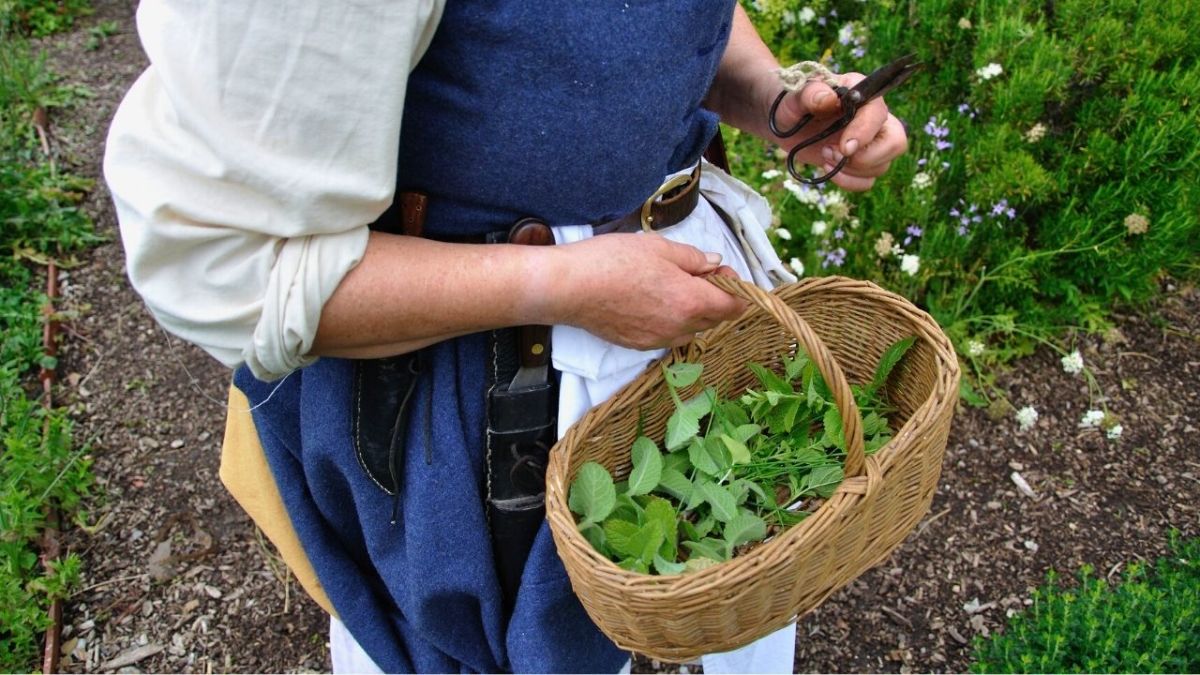
Read also
Propagation by cuttings - Learn how to get shrubs and plants for free - One of the best ways to propagate your plants and shrubs for free is by using cuttings. This guide will show you how it works easily.
Calorie-rich diet
When creating a self-sufficient garden, make sure that your cultivation provides as many calories as possible, in addition to vitamins and minerals. Potatoes, pumpkins, and the like should therefore not be missing.
Meanwhile, the summers here have become so hot that you can also try varieties that usually grow in more southern regions. Jerusalem artichoke, cassava or sweet potato, and even peanuts, you can also grow and harvest here.
Nuts and legumes are an important source of protein.
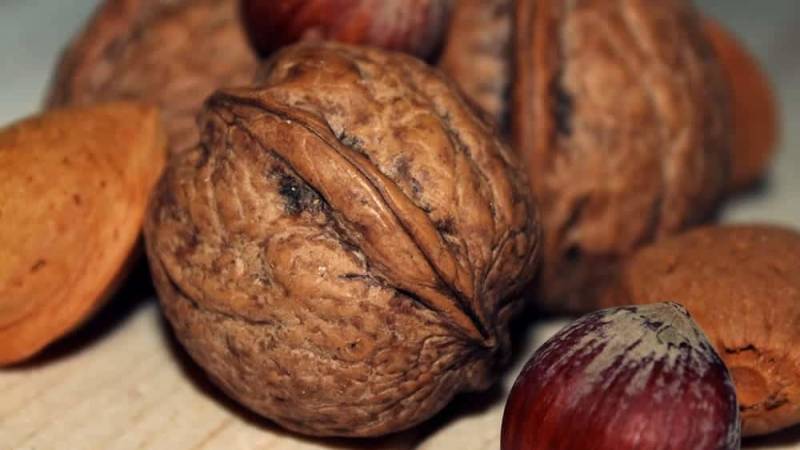
Even corn could save your ass in a crisis. So make sure to grow your food as nutritious as possible, especially if you have children in the household.
Sunflowers and nuts provide fats and oils that your body needs to function properly.
Furthermore, they are long-lasting and can be stored for a long time without any problems.
Potatoes and beets also keep well in a cool and dry place for a longer period of time, especially if you have an underground cellar (read here how an underground cellar works).
Read also
The 11 best plant-based protein sources for emergencies (meat alternatives) - If you don't have meat available in an emergency, fortunately there are also plant-based protein sources that can be a suitable alternative.
Networking is particularly important in times of crisis
Most allotment associations have no problem with keeping certain animals, such as rabbits, on a small scale.
Unfortunately, this does not apply to poultry. However, if you have the opportunity to let a few chickens run around at someone's place, maybe someone who owns a farm, don't hesitate to ask them.
You can instead provide him with fruits or vegetables. Connecting with others increases your chances.
Other gardeners may have different soil conditions or a large heated greenhouse for indoor cultivation.
If you don't have the opportunity yourself, join a barter ring or start one yourself.
Unity and solidarity among each other are vital for survival in situations with uncertain outcomes.
So let's take responsibility ourselves and act. A self-sufficient garden is initially a small step in the right direction.
With the right, responsible people by our side, this could become something great that our children and grandchildren can still benefit from.
Enjoy gardening and good luck.


Author of the guide
Martin Gebhardt
Hey, I'm Martin. On my blog, you will learn the basics and numerous details about living in the wild. I think survival, bushcraft and the good life in nature are the keys to happiness. Find me here on Instagram or on YouTube. You can find more about my mission on the About Me page.
Was this guide helpful?
23 people found this guide helpful.
4.68 out of 5 points (25 Ratings)
Comments (0)
This post may contain affiliate links. So if you click on the links and make a purchase, I will receive a small commission at no additional cost to you. Click here, to learn more about it.


